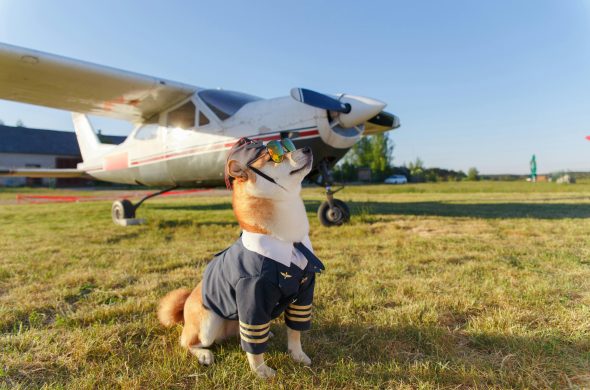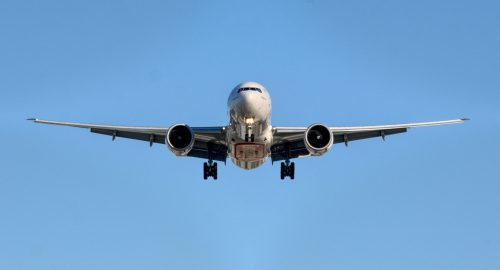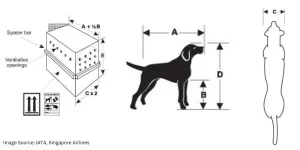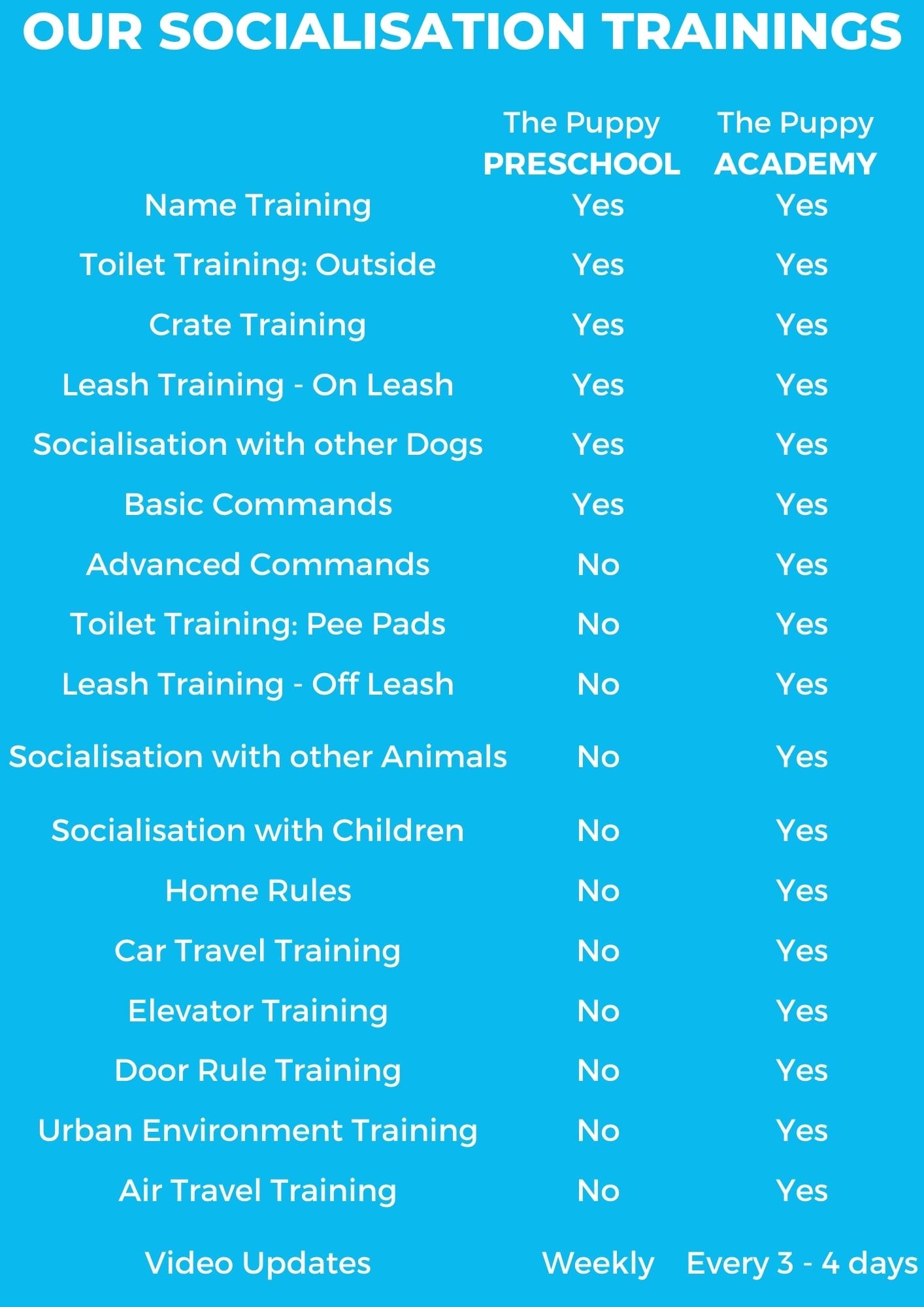
 The Truth About Pet Air Travel: What Really Matters
The Truth About Pet Air Travel: What Really Matters
Flying with a puppy comes with many concerns, and there are plenty of misconceptions about pet air travel. One of the most important things to understand is that airlines regulate pet transport with strict safety measures. Many people worry about their puppy being in the cargo hold, but modern aircraft are designed to accommodate animals safely. The cargo hold where pets travel is temperature-controlled, pressurized to around 3,000 meters—similar to a high-altitude city—which often encourages dogs to sleep through the flight. Choosing the right airline, crate, and preparation strategy makes all the difference in ensuring a safe and comfortable journey for your furry friend. At NewDoggy, we prioritize your pet’s well-being by adhering to international travel standards and providing expert guidance to make the process smooth and stress-free.
 Regulations for Pet Travel
Regulations for Pet Travel
Everything You Need to Know About Pet Air Travel
Bringing your new furry friend home should be a smooth and safe experience. Each country and airline have strict regulations when it comes to pet travel, ensuring the safety and well-being of both the animals and passengers. At NewDoggy, we adhere to International Air Transport Association (IATA) standards, so you can be sure your pet travels in a crate that meets all necessary requirements.
Cargo Hold: How Your Puppy Travels
Safe, Temperature-Controlled, and Designed for Pets
Most airlines transport pets in a temperature-controlled cargo hold, designed specifically for live animals. These areas are pressurized and kept at comfortable temperatures, ensuring your puppy’s well-being during the journey. Some airlines may allow small pets in the cabin, but for international travel, most puppies will need to be transported in the hold.
 Priorities: Safety First
Priorities: Safety First
Minimizing Stress and Maximizing Comfort
When booking flights for your puppy, we always prioritize shorter travel times and reliable airlines that specialize in pet transport. We also ensure that each pet is in a properly sized crate, allowing them to feel comfortable and secure. Many airlines limit the number of animals per flight, so we work to guarantee availability and compliance with airline regulations.
Size: Finding the Right Fit
The Importance of Choosing the Correct Crate
Each crate is carefully selected to match your puppy’s size and breed. Choosing the correct crate size for your puppy is crucial for their comfort and safety during the journey. Your NewDoggy’s crate should be spacious enough to allow them to stand up, lie down, and turn around comfortably. This ensures they feel secure without being stressed from lack of space.
Crates that are too small can make travel uncomfortable, while oversized crates may not provide the needed sense of security.
To make this easier, we’ve created a size chart with precise dimensions for various crate sizes, tailored to different puppy breeds and sizes.
Take a look at the Crate Size Chart:

Type: Airline-Approved Crates
Why the Right Crate Matters for Safe Travel
Not all pet crates are suitable for air travel, which is why selecting the right one is essential for your puppy’s safety and comfort. At NewDoggy, we only use IATA-compliant crates that meet strict airline standards. These crates are built for durability, proper ventilation, and security—ensuring your puppy has a smooth and stress-free journey.
✔ Ventilation:
A well-ventilated crate is crucial for your puppy’s comfort. Airline-approved crates must have ventilation openings on at least three sides (four sides for international flights) to allow proper airflow.
✔ Leak-proof Base:
The base of the crate should be solid, absorbent, and leak-proof to prevent spills and keep your puppy dry throughout the journey. We recommend adding an absorbent pad or bedding for extra comfort
✔ Secure Locking Mechanism:
Doors must be firmly secured with a reliable locking mechanism to prevent accidental openings during transit. Many airlines require metal hardware locks for additional security.
✔ No Protrusions:
Your puppy must be able to stand, turn around, and lie down comfortably inside the crate. However, the crate should not be oversized, as too much space can make puppies feel insecure. Additionally, no body parts (paws, nose, tail) should stick out from the crate openings.
Comfort: Making the Journey Easier
Helping Your Puppy Feel Safe and Secure
Traveling can be stressful for pets, especially young puppies experiencing their first flight. That’s why we focus on crate training, proper preparation, and ensuring their comfort throughout the trip. A comfortable and secure crate environment will help your puppy feel less anxious during the flight.
Our Recommendations for a Smooth Journey
Essential Tips for a Stress-Free Flight
- Crate Training: Helping your puppy get used to their travel crate in advance is one of the best ways to reduce stress during the journey. If possible, start crate training several weeks before travel. Let your puppy explore the crate, take short trips in it, and reward them with treats to create a positive association. This way, they will feel more secure and comfortable inside the crate during the flight.
- Familiar Scents: Placing a soft blanket or an item that smells like home inside the crate can help your puppy feel more secure.
- Hydration: Proper hydration is crucial, especially for puppies flying long distances. Airline-approved crates come equipped with built-in water containers to ensure that your puppy stays hydrated throughout the flight. It’s also a good idea to check the water supply before your puppy boards the plane and ensure it’s working properly. Dehydration can make travel more stressful for your pet, so take this step seriously.
- No Sedation: Airlines do not allow sedated pets due to the unpredictable effects of medication at high altitudes. At New Doggy, we never sedate our puppies, as their safety and well-being are our top priorities. Instead, we focus on gradual crate training to help them adjust before their journey.
- Feeding Schedule: To avoid any discomfort during the flight, we suggest feeding your puppy a light meal a few hours before departure. This will help them avoid digestive discomfort or nausea. It’s best to avoid feeding them a full meal immediately before the trip. Additionally, try to stick to their usual feeding schedule to keep their routine as consistent as possible.
- Reassurance Upon Arrival: Upon arrival, make sure to greet your puppy with a calm, reassuring voice. Traveling can be overwhelming for them, but seeing their owner at the destination can bring comfort and relief. Keep a calm and relaxed demeanor to avoid transferring any anxiety to your pet.



















